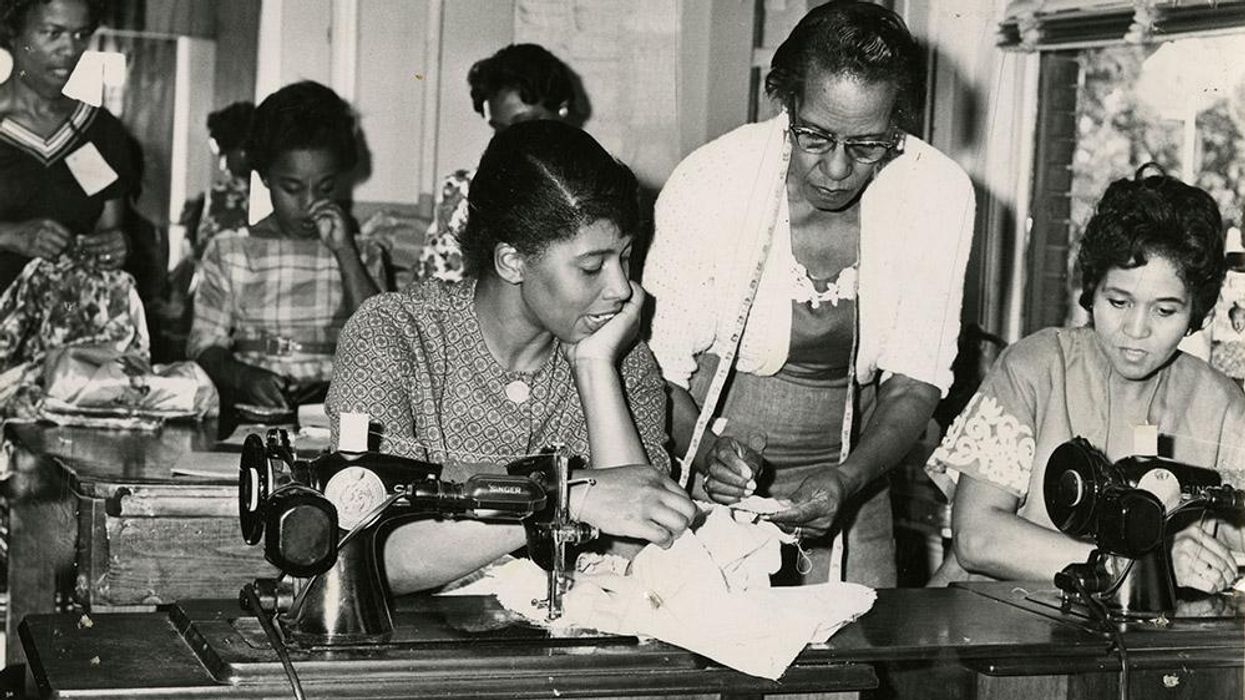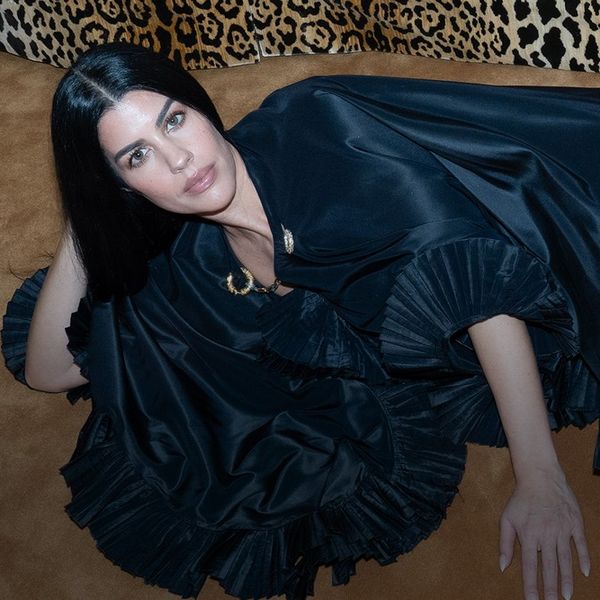The Forgotten Faces of Sustainability
There is—and always has been—a group of people for whom sustainability has been a matter of circumstance, and their stories have been largely ignored in this conversation.

What is sustainability?
That question has two vastly different answers depending on who you ask. Most will likely answer by suggesting you fill your closet with sustainable brands like Everlane, Doen, and Girlfriend Collective. Then go on to regale you with the dangers of fast fashion. But if you ask someone who grew up in a lower income or even middle class household, they would say it’s hand-me-downs, good clothes vs. play clothes, and weaning a piece until you can’t wear it anymore. It's even quite possible that you would have to explain the concept of sustainability in the context we use today because this seemingly new trend to some has simply been a way of life.
To sustain as defined by Merriam-Webster is to "keep up" or "prolong". Putting that definition into practice it would mean properly laundering clothes, mending holes or buttons, or cutting jeans that no longer fit into shorts. Given that definition, why is this not the main narrative driving the conversation about fashion sustainability? Why aren't there more publications who highlight people from those communities who because of a lack of resources and access have to make do with what they have. It could be that actual sustainability is not as profitable or the people who’ve had to practice the dictionary definition of sustainability don’t fit into the mainstream white-washed picture that is splashed on the cover of magazines.
When mainstream fashion magazines and websites talk about fashion sustainability, they speak from the perspective of the person who has the privilege to be a consumer of sustainability but rarely from the perspective of the person who can’t and has had to rely on other methods to make the clothes in their closets last.
Before fast fashion, everyone practiced taking care of their clothes to ensure they lasted as long as they could. Getting a new outfit was a big deal and not done often, so keeping what you had in pristine condition was normal. Children had their good clothes and play clothes, women had their everyday wear and occasion wear, and men had that one good suit. Seeing women mending clothes, making alterations, hanging them on the line to dry or carefully pressing them was not uncommon. But as fashion made advances, clothing became more disposable and something that people with the resources could participate in and those who could not keep up; mainly Black, Indeginous, and People of Color, would continue to embrace the lesson from the past and pass those lessons on to the next generation.

Creator: Charles “Teenie” Harris Date:c. 1950;
Photo: Courtesy of Carnegie Museum of Art
While there have been a few publications that touch on the topic of sustainability being a way of life for certain communities, you would be hard pressed to find an article that gives full credit to these communities accidental sustainable trailblazing ways. Using a prompt from a TikTok user who asked, “What’s classy when you're poor, but trashy when you’re rich”, I answered sustainability and the comments were instantly flooded with people who for whom sustainability meant cropping that old jean jacket and making a purse with the scraps, dying a piece when they were tired of the color, or simply hanging onto a shirt until they couldn’t anymore. But along with their stories of sustainability was an expression of major frustration with the narrative that you have to shop to be sustainable.
And something that was echoed over and over was the feeling of being left out of the conversation; especially for Black, Indeginous and People of Color, and the memories from their childhood of being picked on for being an “outfit repeater” or not being dressed in the latest and greatest came rising to the surface.
For many, knowing that people are adopting their method of sustainability as an option and not as the only option is infuriatinging and not sharing it on a mainstream scale is a slap in the face. In the conversation about sustainability, we have a responsibility to these communities to make their stories the main character, not the supporting actor. The art of being able to sustain is not a new concept and failing to highlight how lower-income communities aren't new to this fostered this sustainability game is a problem. It also frames the idea of sustainability into a "where you buy your items" and not "how you care for them to ensure they last".
There is really no way to wrap this up into a neat little bow. The topic of sustainability and how it’s addressed is an open ended one but as of now it lacks the nuance, the diversity in thought and race to really make it a full-circle conversation.
Top photo: Courtesy of IdeaStream Public Media
Want more stories like this?
5 Founders Share How to Launch a Truly Sustainable Brand
Unlearning What You Know about Fashion Can Change the Industry
The Surprising Materials Designers Are Using in the Name of Sustainability




